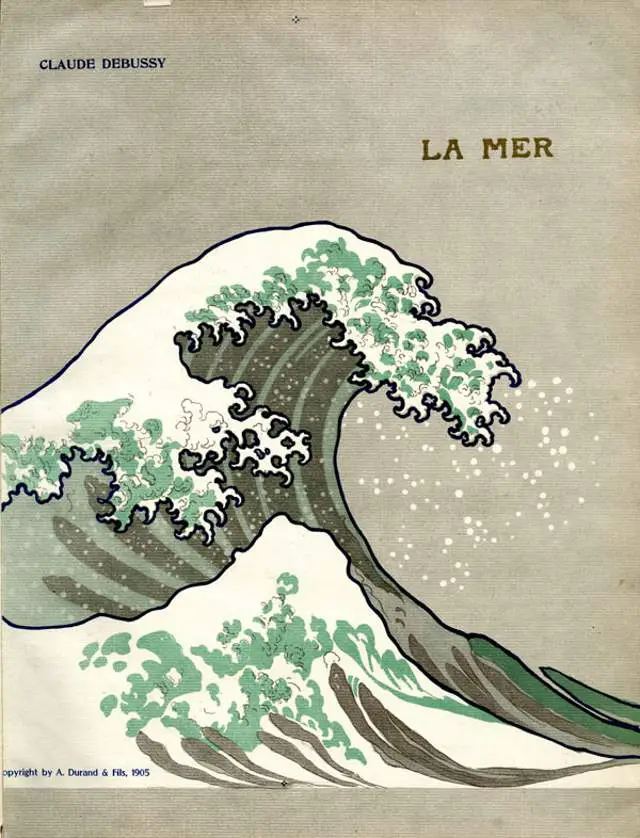A symphony and a symphonic poem are both significant forms of orchestral music that have contributed greatly to the development of Western classical music. While they share the commonality of being performed by orchestras, these two forms possess distinct characteristics and purposes. A symphony, originating from the Classical period, is often constructed with a specific, multi-movement structure, and embodies abstract musical concepts. On the other hand, the symphonic poem, arising from the Romantic era, is typically a single-movement piece designed around a program or narrative. Here we aim to delineate the differences between these two orchestral forms in terms of their structure, concept, purpose, and historical context.
Differences between a symphony and a symphonic poem
A symphony and a symphonic poem (also known as a tone poem) are both forms of orchestral music, but they differ in structure, concept, and purpose.
Form and Structure
- Symphony: A symphony is typically composed of multiple movements, usually four, which contrast with each other in tempo, structure, and character. It generally follows a set structure: a fast opening movement (usually in sonata form), a slow second movement, a third movement that is typically a dance or scherzo, and a fast finale. This structure originated in the classical period and was exemplified by composers such as Haydn, Mozart, and Beethoven.
- Symphonic Poem: A symphonic poem, on the other hand, is usually a single continuous movement, often based on a program or a narrative of some kind. The form can be flexible, depending on what the music is trying to convey. It doesn’t adhere to the traditional forms of the classical period. Rather, it emerged during the Romantic era, with composers such as Liszt and Richard Strauss.

A symphonic poem example: Debussy – La Mer [Orchestre de Paris, Esa-Pekka Salonen]
Concept and Purpose
- Symphony: Symphonies are typically more abstract in concept. While there can be general moods or feelings associated with them, they do not usually attempt to tell a specific story or depict a specific scene or character. The focus is primarily on the development of musical themes and the overall musical architecture.
- Symphonic Poem: Symphonic poems are usually programmatic, meaning they are intended to evoke images or convey the impressions of a specific theme, story, landscape, or other ‘program’ as outlined by the composer. This could be a narrative, a painting, a poem, a philosophical idea, or a scene from nature. The music is often descriptive and illustrative, and it’s meant to represent the content of the program.
Historical Context
- Symphony: The symphony has its roots in the Classical period, but it evolved significantly over time. It became the central genre of orchestral music, with significant developments occurring in the Romantic era and the 20th century.
- Symphonic Poem: The symphonic poem is a product of the Romantic era, a time when composers were increasingly interested in linking music to other forms of artistic expression. The form continued to be utilized and expanded in the 20th century.
While the symphony and symphonic poem can sometimes seem similar-especially since some symphonies can also have a program-they are distinct forms of orchestral music, each with its own unique characteristics and conventions.

Symphonic poem example: Rachmaninoff – Isle of the Dead [hr-Sinfonieorchester, Gardner]
Sources
- Symphonic poem on Wikipedia
- Symphony on Wikipedia